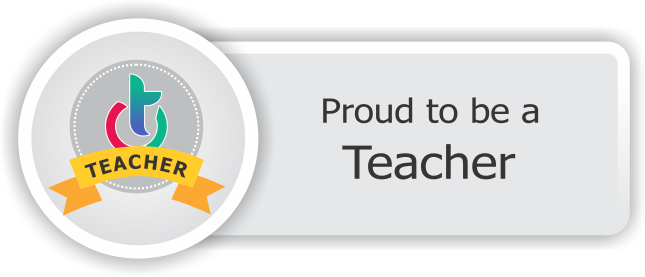Settings
The COVID-19 pandemic has brought about a sudden and profound change in the entire world. With the longest school closures in decades and the ensuing recession, it is the biggest blow to education systems in decades. This would hinder progress towards the Global Development Goals, particularly those related to education. Economic crises within countries and globally will almost certainly result in fiscal austerity, increased poverty, and reduced resources available for public sector investment from both household spending and development aid. All this will result in a human development crisis that will last long after disease transmission stops.
Read in hindi
Disruptions in the education system in the past year have already resulted in significant learning losses and inequalities. All efforts to provide distance education are laudable, but it has proved to be an inadequate substitute for individualized learning. Worryingly, even when schools do reopen, many children, especially girls, are unable to return. School closures and disruptions to school participation and learning are estimated to result in a loss of $10 trillion in future earnings for affected children. Schools also play an important role in ensuring the delivery of essential health services and nutritious food, as well as safety and psychosocial support, throughout the world. Thus the closure of schools threatens not only their education but the overall welfare and development of the children.
It is not enough for schools to simply reopen after COVID-19. Continuing and ongoing support will be needed to help students re-adjust and catch up after the pandemic. We must help schools prepare to provide that support and face the enormous challenges that lie ahead in the months to come. The time to act is now; The future of the entire generation is at stake
target
Mission Goal: To enable all children to return to school and meet their health, psychosocial well-being and other needs, along with a supportive environment for learning.
Timetable: By the end of 2022.
Scope: All countries must reopen and maintain schools for full or partial individual instruction. Partners – UNESCO, UNICEF, and the World Bank – will work together to help countries plan, prioritize, and ensure that all learners are back in school; that schools take all necessary precautions to safely reopen; To help students to heal learning loss and improve overall well-being, to receive effective remedial education and comprehensive services; And that teachers are prepared and supported to meet the learning needs of their students.
There are three priorities:
1. All children and youth are back in school and receiving personalized services to meet their education, health, psychosocial well-being and other needs.
(I). School closures put children's education, nutrition, mental health and overall development at risk. School closures also make screening and delivery of child protection services difficult. Some students, especially girls, are at risk of dropping out of school.
(Second). Partners will assist in the development and implementation of school reopening strategies that include comprehensive services to support children's education, health, psychosocial well-being and other needs.
2. All children are helped to make up for lost learning.
Challenges: Most children have lost a significant amount of instructional time and may not be prepared for a curriculum that was age and grade-appropriate before the pandemic. To get back on track, they will need remedial education. The pandemic also revealed a significant digital divide, which schools can help bridge by ensuring children have digital skills and access.
Areas of Action: Partners I will support the design and implementation of remedial learning at various levels of education, (ii) launch an open-access, adaptable learning assessment tool that measures learning losses and responds to learners' needs Identifies, and (iii) supports the design and implementation of digital transformation plans that include infrastructure components as well as ways to use digital technology to accelerate the development of foundational skills. Incorporating digital technologies into the classroom to teach foundational skills can complement teachers' efforts and better prepare children for the digital instruction of the future.
Incorporating remedial education, socio-emotional learning, and digital technology into curricula by the end of 2022 will be difficult for most countries, but participants agree that these are aspirational goals countries should work towards this year and beyond Because the education system overcomes it. current crisis.
3. All teachers are prepared and supported to address student learning losses and integrate digital technology into their classroom instruction.
Challenges: Teachers are in an unprecedented situation in which they must make up for the significant teaching time lost from the previous school year, while simultaneously teaching the current year's curriculum. They should also protect their health in school. To accomplish this, teachers will need training, coaching and other forms of support. They should also be given priority for COVID-19 vaccination, following the frontline personnel and high-risk population. School closures also demonstrated that, in addition to digital skills, teachers may need help adapting their teaching to remote instruction.
Areas of action: Partners will advocate prioritizing teachers in COVID-19 vaccination campaigns, following frontline personnel and high-risk populations, and provide capacity-development on digital and blended learning approaches along with remedial pedagogy .

.png)




%20(1).jpg)

.jpg)
.png)





.png)
.png)


0 Comments